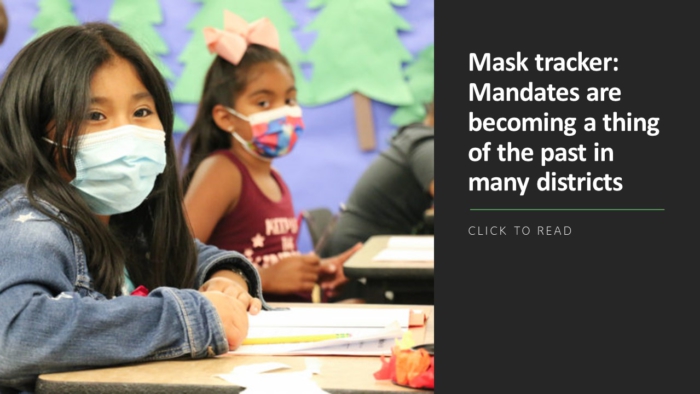
During the pandemic, educators scrambled to figure out how to update IEPs during remote instruction. Now they are faced with the challenges of transitioning back to in-person or hybrid teaching on top of doing IEPs. Teachers are working hard to build relationships and create a positive classroom culture, while managing an uptick in referrals after remote schooling. It can feel overwhelming to write and implement long-term plans when faced with so much change during the past school year. However, now is actually the perfect time to focus on the IEP process and create a system that will last for years.
While the basics of the IEP process remain the same, there are certain considerations that might be helpful for this unique school year. Using the steps below, special education professionals can better conceptualize and make changes to the IEP process during this ever-evolving era of education.
Step One: Assess Data
Gathering data about the student from multiple sources and IEP team members is crucial in creating a fair representation of the student’s present levels, especially when there may be significant changes after a year of remote or hybrid instruction. It may also be more challenging this year to find up-to-date assessment data for new students, as many districts may not have completed achievement testing recently. This makes it even more important to have data from a variety of resources, including past achievement tests and previous IEP progress reports, to consider what the student was working on last year and whether or not they met those goals.
Step Two: Communicate Early
To have an effective IEP meeting, communicate with students and caregivers before the meeting. Families can be overwhelmed by the structure and information delivered at IEP meetings and may have many questions after a year of remote or hybrid learning. Other communication tips for a successful meeting include ensuring guardians know key terms in their child’s IEP and providing a quick synopsis of the data gathered prior to the meeting. Also, consider family input on home behavior and remote learning realities. What aspects of remote learning worked for their child? Are there concerns about the student attending full-time in-person school again? This information, along with student input, helps create relevant accommodations and support.
Step Three: Revise IEPs for In-Person Learning
Perhaps last year your district made IEP changes because of remote or hybrid learning. Now that students are most likely returning to in-person instruction, and you may have new data to inform your IEPs, pay special attention to these areas that may need revision. As the pandemic changed us as educators, our students may have changed in many ways as well. We need to reflect these changes not just in present levels and academic data, but also regarding their interests, hopes, and dreams for their futures as shown throughout the IEP.
When writing goals, the content of what you want the student to accomplish may stay the same, but you may need to adjust the criteria, method and schedule for in-person learning. Students may be able to handle more now that they will be returning to school and will have direct teacher contact. Caregiver input here is invaluable, as you will need to know about goal progress at home.
We have the opportunity this fall to help bridge the gap between home and school by investing in meaningful IEP updates, paying attention to possible changes in the area of accommodations. For example, some of my previous students told me they liked at-home learning because they were able to take multiple breaks, type work instead of handwriting and utilize text-to-speech software easily. Clearly, accommodations are not “one size fits all” and may have evolved during remote learning. This resource offers an extensive list of accommodations that could be useful for helping your students.
Also, there may be a period of adjustment with going back to in-person instruction where students need more behavior support: some may need revisions to behavior plans, others may need the section regarding positive behavior intervention and supports (PBIS) changed to reflect in-school strategies.
It’s been a challenging time for students, caregivers and teachers, alike. Remember, the IEP process is the same, with only small changes when moving between remote and in-person learning. By putting in the work up front to our IEPs we can help ensure students stay on the right track this year.
Rachael Storey is a consultant for Riverside Insights and a former special education teacher in Michigan.









